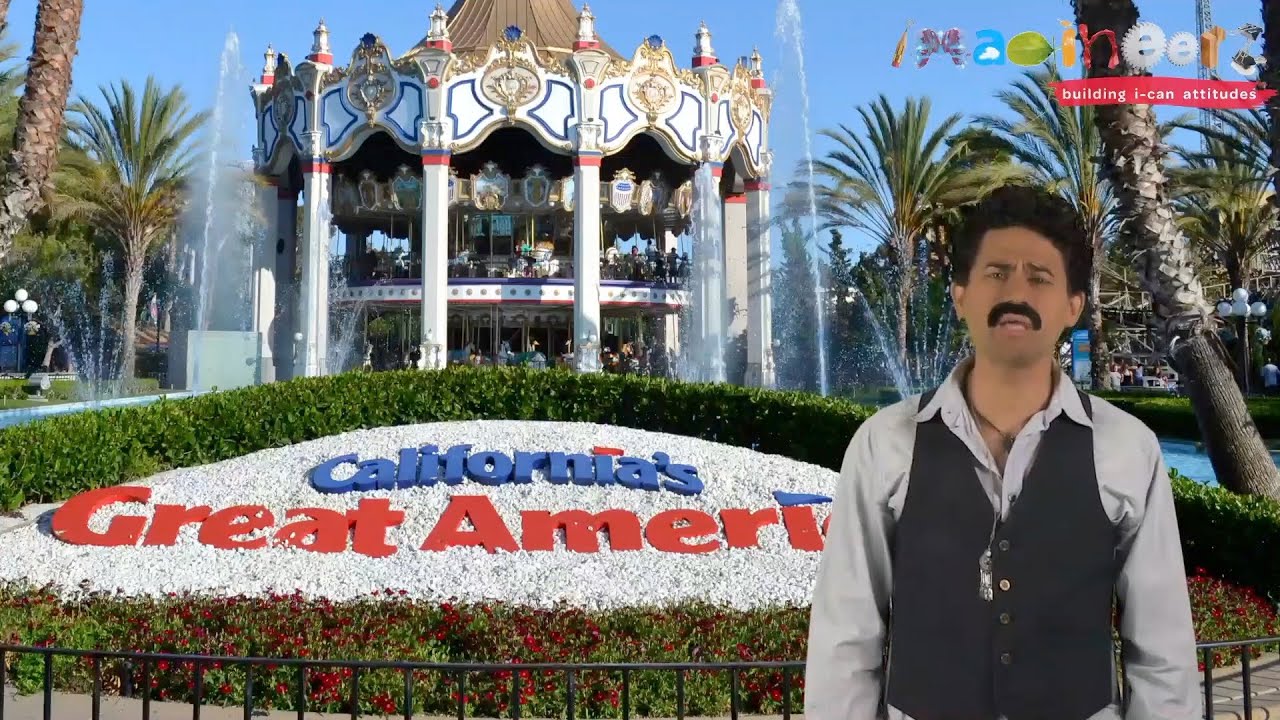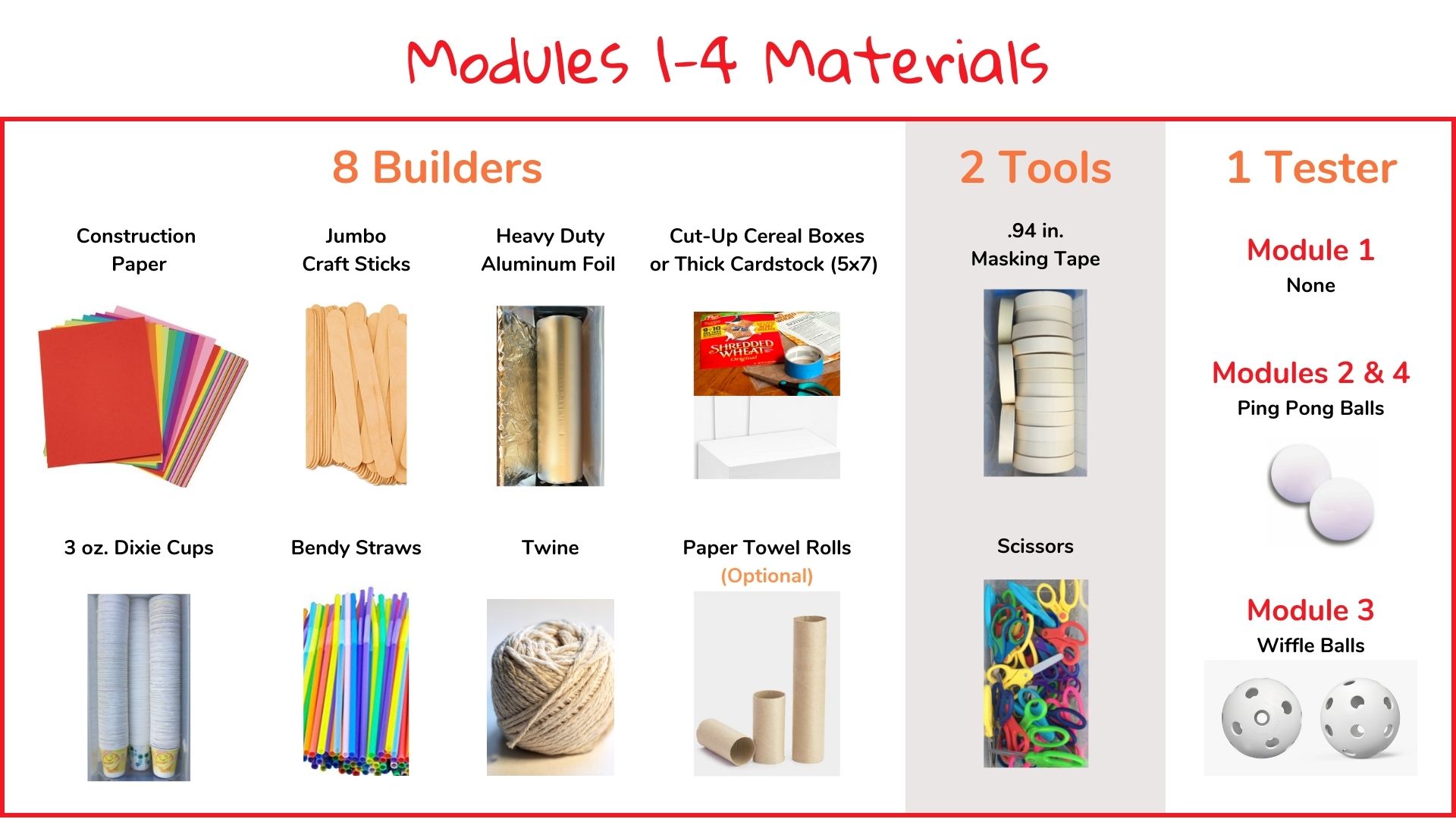STEM Challenge: Mission: Time

Context for Challenge
On the opening day of Great America, an amusement park in California, Bill Marriott faces a crisis. His mascot has been scared away, and the park’s supply of churros has been devoured. Enter Special Agent L and team, tasked with creating a new mascot for the park. Students must design a mascot that embodies the spirit of fun, capable of standing tall and firm without wobbling.
Constraints and Success Criteria
The mascot’s legs must not be thicker than one thumb. It must also be able to stand on its own, embodying both stability and the park’s adventurous spirit.
Success is measured by the ability to stand tall and firm without wobbling. The design should reflect the fun and excitement of the amusement park.
Materials

You do not need any testers for this challenge.
Set Up
- Prepare Materials: Ensure you have all the necessary materials ready beforehand and organize them so that they are easily accessible to students. Students should use no more than five of any one material per creation! For example, a student can use five straws and five pieces of paper, but not ten straws. If you provide aluminum foil, no more than one arm’s length piece for each student!
- Provide Guidelines and Constraints: Reiterate the challenge to students, as needed. Building time is 45 minutes!
- Model the Design Process: Before students begin, demonstrate the design process by going through the steps yourself. Discuss how to brainstorm ideas, create prototypes, test them, and make iterations based on the results, as needed.
- Encourage Collaboration: Foster a collaborative environment where students can work together in pairs. Encourage them to share ideas, help each other troubleshoot challenges, and provide constructive feedback throughout the process. But no groups of three!
- Support Adaptation: Encourage students to embrace the mindset of adaptation and problem-solving. Help them see that setbacks and failures are opportunities to learn and make improvements. Guide them in identifying areas for adaptation and brainstorming alternative solutions.
- Facilitate Reflection: Set aside time for students to reflect on their design process and decision-making. Ask questions that prompt them to think critically about their choices, challenges they faced, and what they learned from the experience. This reflection can be done individually, in pairs, or as a whole-class discussion.
- Celebrate and Showcase: Celebrate students’ efforts and showcase their amusement park mascots. Provide a platform for them to explain their design rationale, if possible.
CASEL Discussion Questions
Five questions aligned to Social Awareness and Relationship Skills — our focus CASEL competency for Module 4 and Module 5 — for teachers to foster an engaging discussion and social-emotional learning
- How might the design of the mascot reflect the values and themes of the amusement park to create a cohesive and engaging experience for visitors?
- What steps can the team take to ensure that the mascot design is inclusive and appealing to a diverse range of park visitors, considering different cultural backgrounds and preferences?
- What strategies can the team employ to understand and address any potential concerns or fears that visitors may have, ensuring that the mascot’s presence enhances the overall park experience?
- What measures can the team implement to promote a sense of respect and appreciation for the diverse perspectives and ideas that each team member brings to the mascot design process?
- What actions can the team take to establish and maintain positive and supportive relationships with both park staff and visitors, ensuring that the mascot serves as a symbol of warmth and welcome for all?


